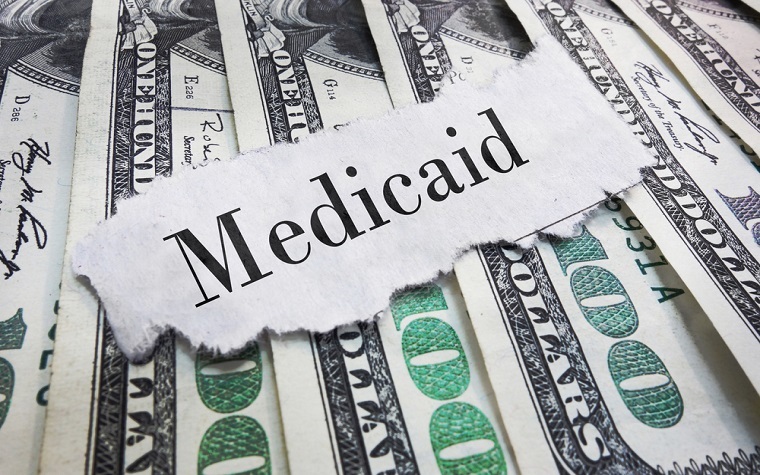
New Medicaid enrollments under the Affordable Care Act (ACA) are costing the federal government far more than estimated, a leading critic of Obamacare has warned.
States are facing “obscenely high capitated payment rates” under Medicaid because the bill is entirely paid by taxpayers, via Washington, according to Brian Blase, a health policy expert at George Washington University’s Mercatus Center.
Blase cited figures released in July by the Centers for Medicare and Medicaid Services, which show that the cost of each new enrollment — with an estimated total of 9 million in 2015 — is much greater than originally thought.
In 2014, policymakers projected that each enrollment would cost $4,281. Instead, in 2015, it cost $6,366. This equates to a $26 billion, or 49 percent, overrun: $68 billion instead of the estimated cost of $42 billion.
That is a “huge deal, and one that deserves an explanation,” Blase, a senior fellow at the Mercatus Center, recently told Patient Daily.
“It can be only one of two reasons -- either new enrollees are just much sicker than expected or states have responded to 100 percent reimbursement by paying insurance companies obscenely high capitated payment rates,” he said.
Blase believes that states, under lobbying pressure from “special interests,” are paying far more for new enrollments in Medicaid.
“The money is coming from Washington, and states are lobbied by hospitals, insurance companies and other health care providers,” he said. “If the bill is entirely paid by Washington, the states are not going to be cost conscious and will reward special interests.”
Under the ACA, the number of those eligible for Medicaid and the Children’s Health Insurance Program (CHIP) was expanded to include adults and children living on or under 138 percent of the federal poverty level. Currently, that amount is $11,880 for individuals, $16,020 for a family of two and $20,160 for a family of three.
It was supposed that enrollees would be “extremely low income, that the newly eligible would not be of higher income and would be 30 percent less expensive,” according to Blase.
“It turns out the newly eligible are 20 to 25 percent more expensive,” he said.
Further, the newly enrolled receive between 20 to 40 cents of benefit for each dollar of spending on their behalf, Blase said, citing a study by Dartmouth College, the Massachusetts Institute of Technology and Harvard University.
The study, which focused on the effect of Medicaid expansion in Oregon, showed there was no significant health improvement linked to the expansion.
“I would disagree that we present evidence that Medicaid is ‘failing’ its beneficiaries,” coauthor Nathaniel Hendren, of Harvard, told PolitiFact in April. “Our results suggest the common interpretation of Medicaid — namely that its primary beneficiaries are the enrollees themselves — is misguided.”
Blase has concluded that too much of the extra Medicaid money is going to special interest groups, not for the benefit of consumers.
“States do not have an incentive to spend less, and states that have not expanded made the right decision,” he said. “There should be reform, not expansion. The federal government should not provide open-ended reimbursement, states should pay their way instead of passing off most of the bill to outside their jurisdiction. This is a public finance issue.”